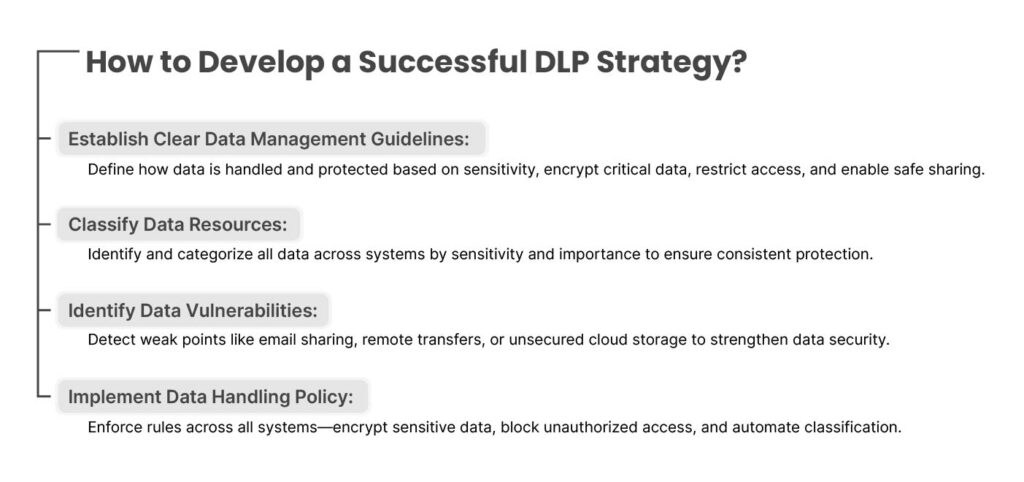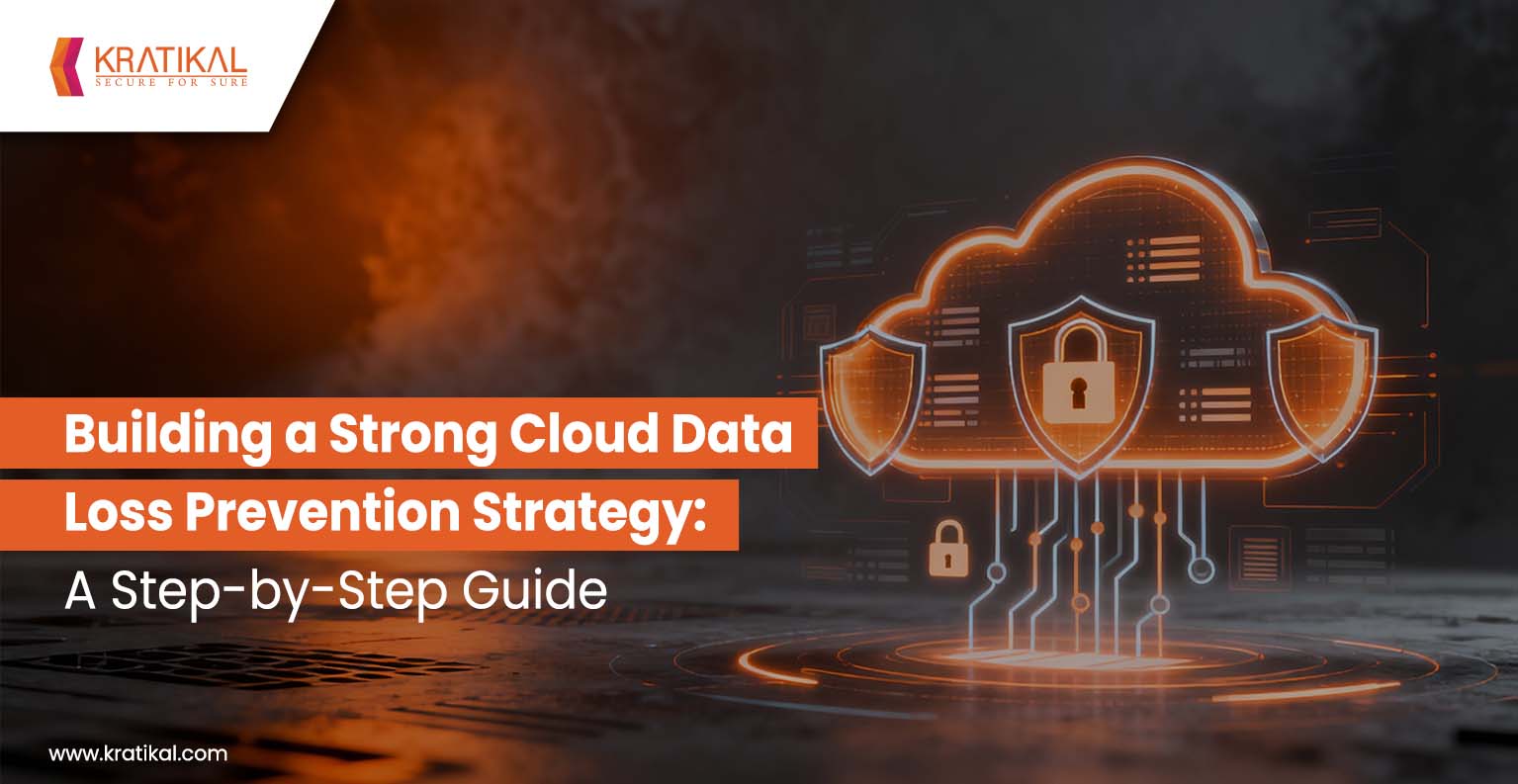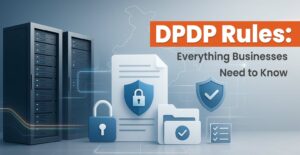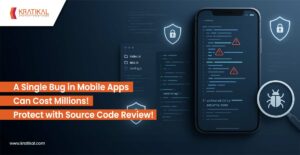In an era where data fuels every business decision, protecting that data has become a defining element of organisational resilience. Companies today depend on vast volumes of digital information, from customer records and financial details to proprietary research, making an effective Data Loss Prevention (DLP) strategy indispensable. Securing this information isn’t just about preventing cyberattacks; it’s also about mitigating risks from within. A single accidental email containing unencrypted data can cause as much damage as a targeted breach by malicious actors, leading to regulatory penalties, reputational harm, and financial loss.
Developing a successful DLP strategy requires a holistic, risk-aware approach aligned with business objectives and data flows. By systematically identifying, classifying, and protecting sensitive information, organizations can gain visibility into how data moves across their networks, enabling proactive prevention of both intentional and accidental leaks.
A well-defined DLP framework not only secures intellectual property and customer trust but also strengthens compliance posture and empowers enterprises to innovate confidently in an increasingly data-driven world.
Table of Contents
How To Build A Successful DLP Strategy?
Building a successful Data Loss Prevention (DLP) strategy goes beyond implementing security measures; it’s about creating a cohesive framework that unites people, processes, and technology. A well-structured DLP program ensures that sensitive data is identified, monitored, and protected throughout its lifecycle, aligning security practices with business objectives and compliance requirements.

Here are the key steps to help you establish an effective DLP strategy:
Establish Clear Data Management Guidelines
A company’s data handling policy should align with its business objectives and accurately represent the nature of its information assets. This policy categorizes data based on sensitivity, typically as high, medium, or low risk and outlines how each category should be managed to prevent misuse or loss. High-risk data, such as confidential or regulated information under frameworks like HIPAA or GDPR, requires the highest level of protection and restricted access. Medium-risk data may include internal documents that, if exposed, pose limited harm, while low-risk data can be shared publicly without concern. By defining clear handling rules, such as encryption for sensitive data and controlled access permissions, the policy forms the foundation of a strong Data Loss Prevention (DLP) strategy.
Classification of Data Resources
Once a data handling policy is in place, the next step is to classify the organization’s information assets. This process begins with identifying all data stored, processed, or transmitted within the company’s systems. Each data type must then be categorized according to its sensitivity and importance to the business. Earlier, this task was often done manually, making it time-consuming and prone to human error. Today, modern approaches rely on automation to simplify this process. Automated classification helps detect, label, and organize data more accurately and efficiently.
Identification of Data Vulnerabilities
Organizations need to identify situations or activities that could expose data to potential risks. This assessment is not a one-time task but an ongoing process that evolves as the DLP strategy matures and business needs shift. The vulnerabilities discovered during this phase serve as key areas for applying and strengthening the data handling policy.
Common examples of such vulnerabilities include:
- Sharing sensitive information through email
- Transferring high-risk data from remote devices
- Storing confidential data in publicly accessible cloud environments
Once you identify these vulnerabilities, the next stage of the DLP strategy focuses on addressing and mitigating them effectively.
Implementation of Data Handling Policy
The primary goal of a Data Loss Prevention (DLP) strategy is to ensure that an organization’s data handling policies are consistently enforced across all systems. An effective DLP framework should be capable of applying these policies throughout the entire infrastructure — whether the data is newly created, stored in legacy systems, or recently added to the environment.
Automated enforcement plays a critical role by taking proactive measures to protect sensitive information before it can be exposed or misused.
Examples of automated policy enforcement include:
- Continuously encrypting high-risk or sensitive data
- Blocking unauthorized access, copying, or printing of confidential information
- Automatically classifying and securing data as it enters the environment
Book Your Free Cybersecurity Consultation Today!
Types of Data Handling Solutions
Organizations implement Data Loss Prevention (DLP) systems to monitor network activity, identify and categorize data, and enforce security policies that prevent unauthorized access, misuse, or data theft.
DLP solutions are generally categorized into three primary types:
- Network DLP
- Endpoint DLP
- Cloud DLP
Network Data Loss Pevention
Network DLP solutions actively monitor how data moves across, into, and out of an organisation’s network. They leverage advanced technologies, including artificial intelligence (AI), to detect unusual traffic patterns that may indicate potential data leaks or loss. While their primary focus is on data in motion, many network DLP systems also provide visibility into data in use and at rest within the network environment.
Through continuous analysis of network activity, these solutions enable organisations to detect and block unauthorised data transfers before they occur. This proactive monitoring approach enhances overall network security and ensures that sensitive information remains protected as it moves between users, devices, and external systems.
Endpoint Data Loss Prevention
Endpoint DLP solutions monitor and control activities on devices such as laptops, servers, and mobile phones that access an organisation’s network. Installed directly on these endpoints, they enable real-time oversight of user actions and can prevent activities that violate security policies. In addition, many endpoint DLP systems can restrict or block unauthorised data transfers between connected devices. This enables stronger protection against insider threats, compromised devices, and insecure endpoints, ensuring that sensitive information stays secure, whether employees are working on-site or remotely.
Cloud Data Loss Prevention
Cloud DLP solutions focus on securing data stored, shared, and accessed within cloud environments. They enable continuous scanning, classification, monitoring, and encryption of data across cloud repositories. Additionally, these solutions help enforce access controls for users and cloud services interacting with company data.
This approach provides organizations with enhanced visibility and control over sensitive data in hybrid and multi-cloud setups. Whether implemented independently or alongside other DLP strategies, the core objective remains unchanged: to secure sensitive information from unauthorized access, leaks, or misuse.
Trends in Data Loss Prevention
The data landscape is rapidly transforming due to advancements like generative AI and the introduction of new regulatory frameworks. As a result, DLP strategies must continue to evolve to address these emerging challenges. Some of the key trends shaping the future of data loss prevention include:
- The growth of hybrid and multicloud infrastructures
- The impact of generative AI on data creation and movement
- Stricter data privacy and compliance regulations
- The expanding mobile and remote workforce
- The rise of shadow IT and unmanaged data sources
As organizations embrace hybrid and multicloud environments, remote work, and emerging technologies like generative AI, the complexity of securing data has increased dramatically. With sensitive data spread across multiple platforms and regions, the risk of breaches continues to rise, especially as shadow IT and unmanaged data become more common. At the same time, stricter regulations such as the EU AI Act and evolving privacy laws add further compliance challenges. To keep pace, businesses must strengthen their DLP strategies to address distributed infrastructures, protect AI-driven data, manage remote access, and gain visibility into all data assets, including those outside official oversight.
Get in!
Join our weekly newsletter and stay updated
Conclusion
Securing sensitive information has become a defining factor of business resilience and digital trust. A comprehensive Data Loss Prevention (DLP) strategy enables organizations to anticipate risks, maintain compliance, and protect valuable assets across diverse and distributed environments. As hybrid infrastructures, cloud adoption, and AI-driven systems transform the way data is created and shared, organisations must strengthen data protection with a more adaptive, intelligence-led approach than ever before.
A well-executed DLP framework not only mitigates data exposure but also empowers organizations to operate with confidence. By integrating robust governance, continuous monitoring, and automated enforcement, businesses can transform data security from a compliance requirement into a competitive advantage, building trust, enabling innovation, and ensuring long-term sustainability in an ever-evolving digital landscape.
- What is data loss prevention in cloud computing?
Cloud Data Loss Prevention (DLP) refers to a set of security practices and technologies designed to monitor and protect sensitive data across corporate networks. It helps prevent data breaches or exfiltration caused by cyberattacks such as ransomware or insider threats.
- What is an example of DLP?
For instance, an organization might use endpoint DLP to stop employees from transferring sensitive customer data to unencrypted USB drives. Similarly, network DLP can actively block outgoing emails containing confidential financial information from reaching unauthorized external recipients.







Leave a comment
Your email address will not be published. Required fields are marked *